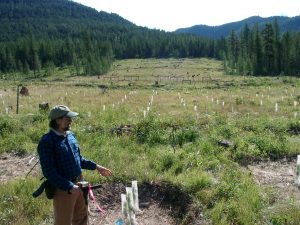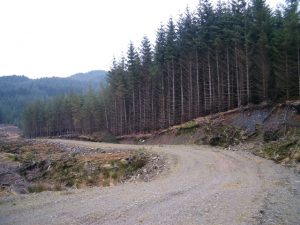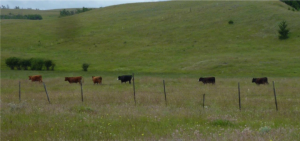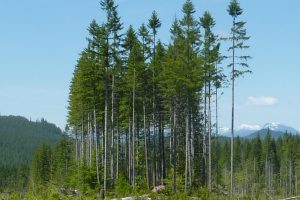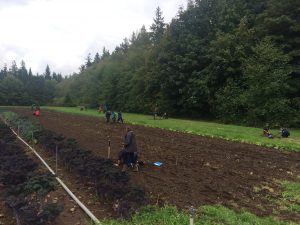Soil Fauna on the Long-term Soil Productivity Sites in BC
The forest soils are characterized by an enormous diversity of animal species. Soil fauna play a variety of roles in soil development and the maintenance of soil fertility. Soil macrofauna are defined as organisms bigger than 2 mm in body and includes ants, beetles, spiders, centipedes, millipedes, and earthworms. Although generally less numerous than soil mesofauna, macrofauna can represent a significant proportion of the animal biomass in the soil and play an important role in soil ecosystem function
Soil Fauna and Rangelands
Soil fauna play important roles in soil development, soil fertility maintenance, and the decomposition of organic matter in grassland habitat. Decomposition and nutrient recycling are essential soil processes to maintain a healthy and sustainable grassland ecosystem. Soil fauna influence bacterial and fungal biomass via grazing, liberating immobilized nutrients, and stimulating further fungal and bacterial activity, as well as, enhancing plant growth. These organisms may also be useful as bioindicators of soil quality.
Forest Nutrition Management
I operate a provincial woodlot license on northern Vancouver Island near Port Hardy. The forest is predominantly old-growth cedar-hemlock, with some second-growth hemlock-amabilis in higher areas. It is all in CWHvm1. One block that I harvested 13 years ago is now looking poor – leader growth is much reduced and many trees have yellowish foliage.
Soil Erosion on Sloping Agricultural Lands in the Middle Mountains of Nepal
The Hindu Kush-Himalayas are known for their mountains (including Sagarmatha the highest peak in the world), and their diversity of flora, fauna and culture. However, these mountain ranges are also known for environmental issues, including media reports on deforestation, soil erosion and downstream flooding.
Soil Quality of Forest Landings
Forest landings are areas of cutblocks where harvested trees are processed and loaded onto trucks. Their construction involves removal of topsoil and leveling. Soil degradation on landings may be so extensive as to completely prevent tree growth;
Effects of Long-Term Grazing on Rangeland Soil Quality in Southern BC
Before the 1970s the traditional grazing system on rangelands in the southern interior of British Columbia (BC) consisted of extended periods of fall and spring grazing without any rest, which resulted in deterioration of the rangeland ecosystems.
Effect of Variable Retention Harvesting on Soil Microbial Communities in Coastal BC Forests
Soil microorganisms play important roles in regulating key forest ecosystem processes, such as nutrient cycling and organic matter decomposition. Living vegetation and soil microbes interact in complex ways,
Regrounding Riley Park: a Foundation for Sustainable Soil Management
Riley Park is located near the southeast corner of Ontario St. and 30th Ave in an area of Vancouver that is rapidly growing in population and increasingly in need of usable green space for multiple purposes. Subsequent to …
Soil Fertility Assessment for the UBC Farm
The UBC Farm is a 24 hectare student-driven, model farm located on the University of British Columbia’s Campus in Vancouver, Canada. The UBC Farm has developed a program …
